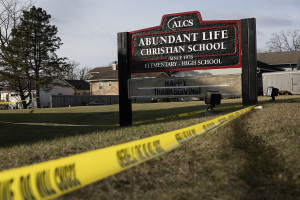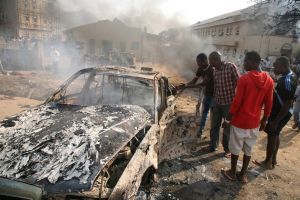Supervolcano Beneath Yellowstone Could Cover North America in Ash, Alter Global Climate
A supervalcano beneath Yellowstone National Park is larger than originally thought after researchers were able to map the massive volcanic chamber.
During a recent conference of the American Geophysical Union scientists stated that Yellowstone's magma chamber is at least 250 percent larger than previously believed.
The new measurements state that the chamber is roughly 55 miles by 20 miles and contains unimaginably large amounts of lava.
"We've been working there for a long time, and we've always thought it would be bigger ... but this finding is astounding," University of Utah Professor Bob Smith told BBC News.
Geophysicists and geologists have been trying to determine the exact size of the volcanic chamber of some years now and after new developments in research technologies and methods combined with a recent series of small earthquakes were able to map and get a more precise measurement of the volcanic chamber.
"The waves travel slower through hot and partially molten material," Dr. Jamie Farrell explained regarding how measuring the volcanic chamber is eased with earthquake tremors. "With this, we can measure what's beneath."
According to the U.S. Geological Survey there were more than 300 earthquakes that hit the region around Yellowstone National Park in the month of November alone. While these tremors were not felt by local residents researchers were able to more accurate observe the underground movement, which aided in providing a more accurate measurement of the volcanic chamber.
"We know there's been these really large volcanic eruptions in the past and what we're seeing now matches that," Farrell told BBC News, adding that when the volcano underneath Yellowstone does erupts it will be 2,000 times larger than the eruption of Mount St. Helens in 1980.
"These are really big volcanic eruptions and it would definitely be a global event," he added. "It would not only affect the U.S. but it would affect the world. All this material that is shot up in the atmosphere would eventually circle the earth and would affect the climate throughout the world."





























